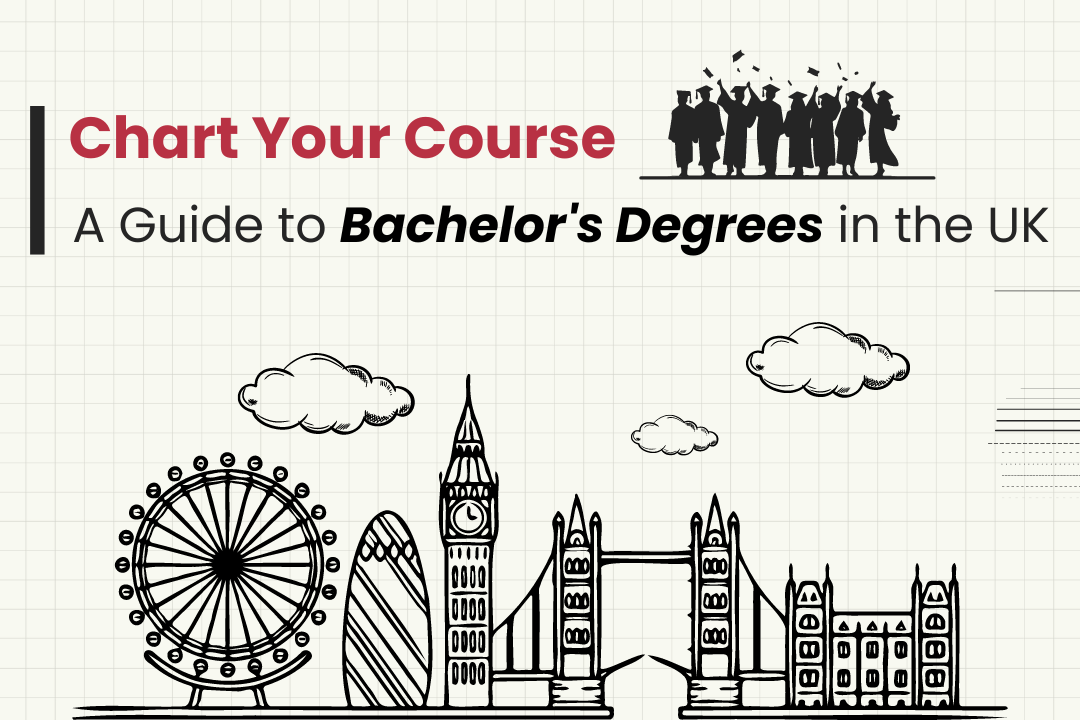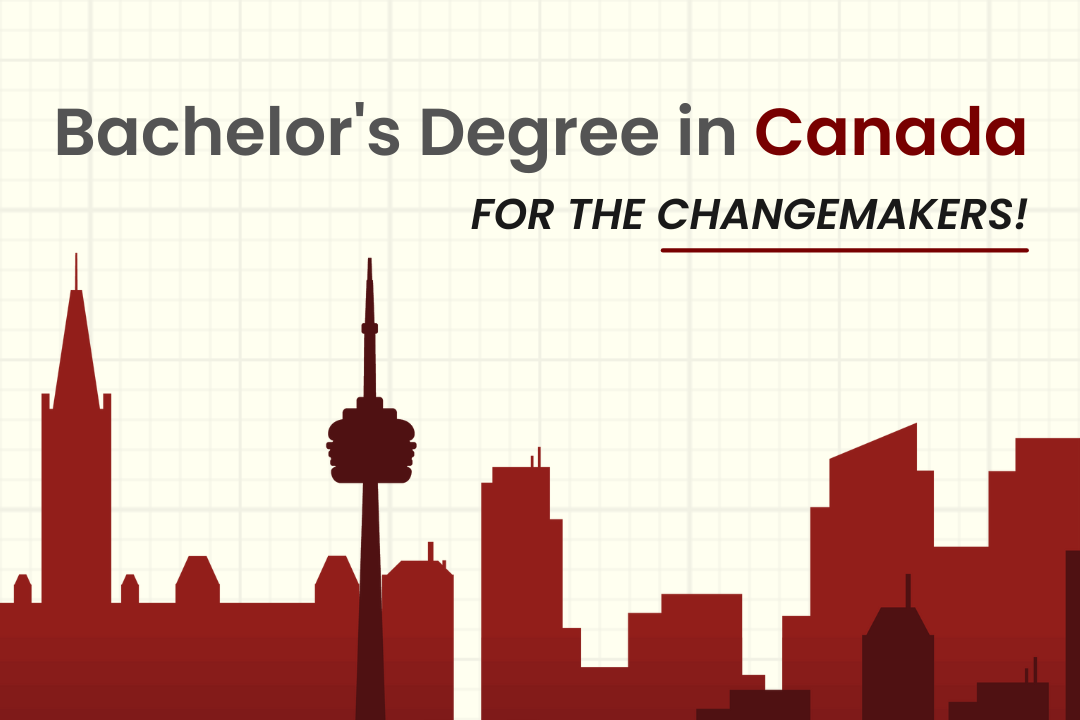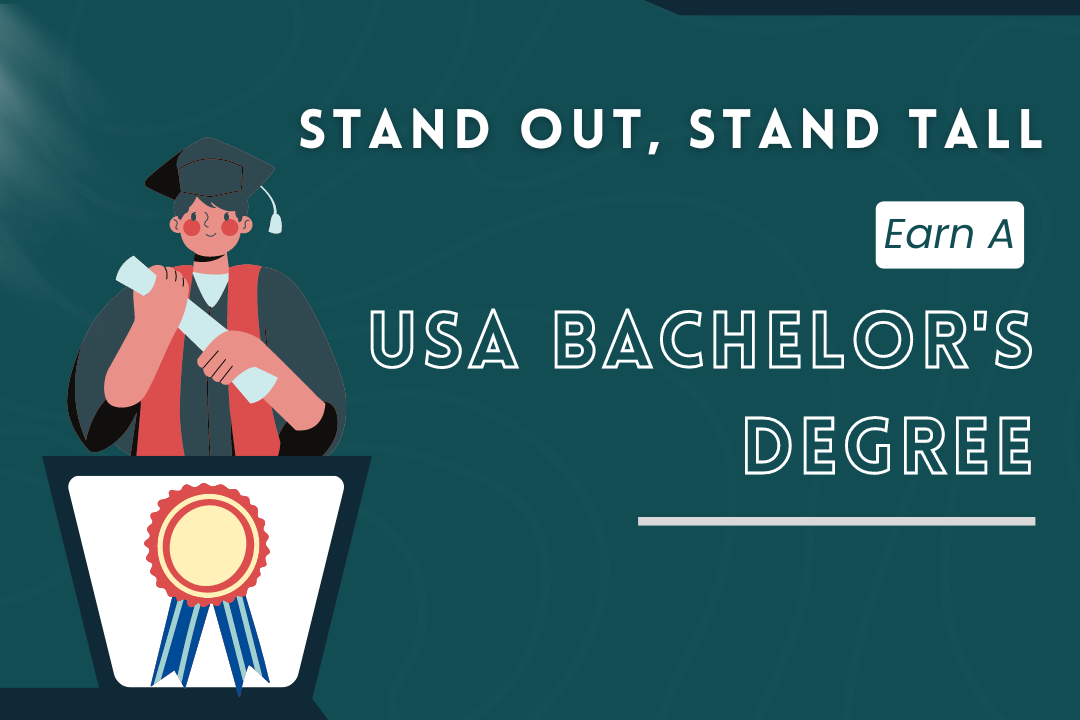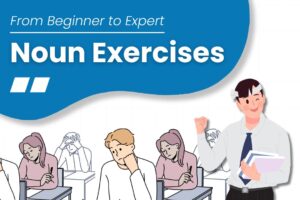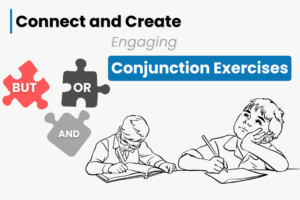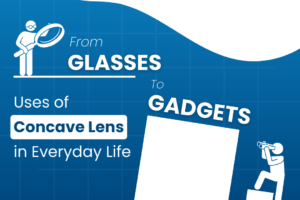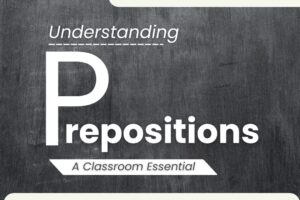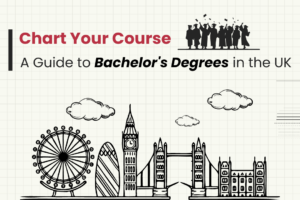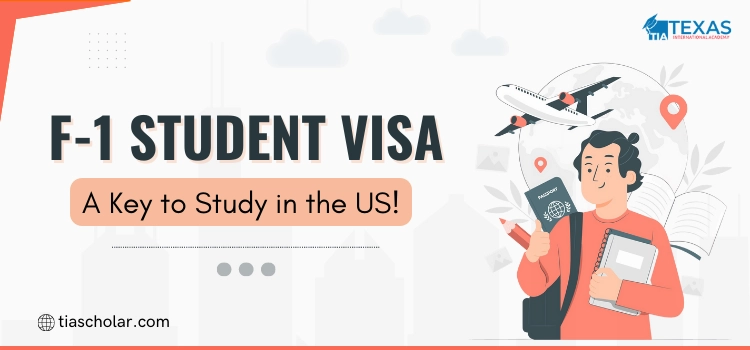
F-1 Student Visa is a type of non-immigrant study visa that is issued only in the U.S. embassies and consulates for those who enroll in full-time study programs in the United States. Either to Study BTech in USA or to enroll in any other program in an accredited US university, it’s mandatory to get an F-1 Student Visa, which is one of the types of different visas, for international students. Students who get their F-1 Visa approved can reach the United States 30 days before the start date and can stay up to sixty days even after the completion of the course duration. The important pre-requisite for students to apply for an F-1 Visa is to get a form I-20 from their destination schools. Let’s get deeper into other prerequisites, required documents for obtaining an F-1 Visa, and the steps to be followed afterwards getting the approval.
Different types of F Visas
Based on the purpose of the visit and the kind of program that an overseas student wants to pursue in the US, there are three different types of Student Visas available as follows.
- F-1 Visa: It will be issued for full-time students in the United States studying in accredited US universities from foreign countries.
- F-2 Visa: This visa will be issued to the dependent of the F-1 Visa holder. Spouses and children of the F-Visa holder will be considered dependents.
- F-3 Visa: This visa is only relevant to the citizens of Canada and Mexico to study full-time or part-time in the United States while residing in their home country.
Note: Before diving deep, we would like to let you know in advance that the entire process of obtaining an F-1 Visa is quite complex, and in this blog itself, you might find certain terms that are completely alien to you as the very purpose of this blog is to only provide awareness about the F-1 Visa, and it’s not a step-by-step guide. So, instead of stressing out, consider consulting study abroad experts who can help you with the entire process so that you can concentrate on the important aspects of your education.
Required Documents for F-1 Visa Application
To get the F-1 Visa approved, applicants need to keep certain important documents handy that are needed throughout the process for getting the visa approved. Let’s look at the most crucial documents that are needed before applying for F-1 Student Visa.
Form I-20
Students have to receive Form I-20 from the Designated School Official of their destination university after paying the fee. This I-20 form helps to state that a student is enrolled in a full-time course and also proves that he/she has enough finances to sustain themselves while studying in the United States. Once issued, the I-20 form will act as a certificate of eligibility to apply for an F-1 Visa.
Confirmation page of DS-160
After applying online for the Visa, applicants have to contact the embassy/consulate to schedule an interview. To complete the DS-160 process, students will be asked to provide a SEVIS ID and the address of the school/program where they plan to study, both of which students can find on the I-20. It’s mandatory for the students to bring the confirmation page of DS-160 with the application number on it during the interview and throughout the application process.
Other Requirements
- A Valid passport is needed, and the expiry date should be at least six months beyond the duration of stay of the student in the United States.
- Payment of the application fee for SEVIS(Student and Exchange Visitor Program).
- A confirmation receipt of Visa fee payment.
It’s advised to contact the destination college in advance to know more about the other requirements that may change with time for the application for F-1 Student Visa to study in the United States.
How to prepare for the F-1 Interview process?
After students apply for the F-1 Student Visa, the next big step is to confidently face the interview. The interviewer primarily wants to know two important things about the applicant. The first one is about the intent beyond the visit to the USA, and the second is whether the applicants are financially equipped to sustain themselves while studying in the United States. Apart from these, students have to stay alert to answer questions about their academics, education loans, personal questions or some other generic questions as well.
Make sure to be aware of the following before facing the F-1 interview process.
- Neatly arrange all the crucial documents in a file that you are supposed to carry to the interview in proper order.
- Be ready to face questions around your Statement Of Purpose (SOP), and any stammering here can seriously leave a negative impact.
- Go through the details of the course and the university you have chosen and have clear answers in mind regarding them.
- Have solid answers to the questions related to education loan and finances, like how you will sustain yourself while studying, etc.
Pro Tip: There is nothing better than getting advice from those who have practically experienced the F-1 Visa interview. So, reach out to people in your network who are studying in the US and learn from their interview experience. If you can’t find them in your network, contact the consultancy services or educational institutes that prepare students for Visa interviews to get guidance from industry experts.
F-1 Visa Validity
The F-1 student Visa will be issued for five years. But it doesn’t mean that foreigners can stay up to five years in the US with an F-1 Visa. Its validity depends on the I-20, where the period of enrollment is mentioned. If a student enrolls in a three-year UG program, it’s still illegal to continue to stay in the US even for four years with an F-1 Visa. The student should either enroll in a new course and hold a valid I-20 or should return to the home country within sixty days after completion of the course to not face any legal troubles.
Employment Opportunities with F-1 Visa
Immigrants with an F-1 student Visa can opt to work part-time along with their studies by abiding by the policies of the host nation. There are many legal ways to work in the US, along with studies. Let’s look at some of the popular ways.
Working Part-time on Campus
With a valid F-1 visa, students can work part-time up to 20 hours a week, and during the holidays and semester breaks, the limit would extend to 40 hours a week. It’s mandatory to get approval from the Designated School Official (DSO) to work on campus along with studies in the USA. Students with a valid F-1 Visa and good performance in academics can easily get approval from the DSO to work along with their studies.
Curricular Practical Training(CPT)
F-1 student visa holders can gain good hands-on experience with CPT and make money alongside their studies. Students need to get permission from the DSO, and the students will get the CTP authorisation printed and signed by the Designated School Official on their Form I-20. It’s the job of the student to get the training opportunity before applying for CPT authorisation, and can also apply for more than one CPT authorisation at a time. Students should work only during the CPT authorisation period but not early or beyond.
Optional Practical Training(OPT)
An Employment authorisation document will be issued to the F-1 students who want to undergo Optional Practical Training in their area of study. Just like CPT, OPT students need to get authorisation from the Designated School Official. When students move to higher education, they will get an opportunity for an additional twelve months of OPT. Unlike CPT, students can take up OPT before or after the end date of the course that the students pursue in the United States.
STEM OPT Extension
This training related to the student’s area of study in an approved STEM field is for twenty-four months. The F-1 students who finish their program at the university and have been involved in the initial period of post-completion OPT can apply for the STEM OPT Extension. Students need to work a minimum of 20 hours a week per employer while they take up STEM OPT Extension.
Student Visas Other than F-1 to Study in the USA
There are three different types of student visas available, along with an F-1 Visa
for overseas students to study in the USA. As we discussed so far, an F-1 student Visa will be issued to students who wish to study in an accredited US university or to students who want to study English in an English language Institute.
Now, let’s look at Visas other than F-1 Student Visas
- J Exchange Visa: It will be issued to those foreign students who are on an exchange program either at the university level or in high school study.
- M Student Visa: If students want to enrol in non-academic or vocational courses in the United States, they need to consider applying for an M-type student visa.
Conclusion
An overseas student who wishes to study in the US by enrolling in either UG, PG, or PhD programs in any accredited US university needs to get an F-1 student visa. It’s important to remember that irrespective of the five-year validity of an F-1 Visa, students can’t continue to stay in the US without a valid I-20, as discussed earlier. Obtaining an F-1 student visa can be quite complex, and it can become even tougher for students to handle along with their studies. That’s the reason why, at Texas International Academy, we have a dedicated team for Visa processing so that our students can focus on their academics and profile building throughout their intermediate. We hope we added some sort of value to your time by providing info related to the F-1 Student Visa to study in the United States. Thanks for scrolling till the end.
FAQs
F-1 Visa has nothing to do with the number of years you stay in the USA. Even though its validity is five years, you should either return to your home country within sixty days once you finish your academic program or enrol in another program with a valid I-20 form to continue to stay in the US before your Visa expires.
Getting an F-1 Visa approved is a very complex procedure, and it is advised to take consultation with experts to get the work done. At Texas International Academy, we completely take care of the Visa processing of our students so that they focus on their studies.
M-1 Visa is only for pursuing non-academic or vocational courses, after which the student has to return to their home country. In contrast, F-1 Visa opens up an ocean of opportunities for overseas students to study popular courses in US universities and also provides the opportunity to work using CPT, OPT, etc.
Unless an employer comes forward to sponsor an employment visa for your spouse, he/she is not eligible to work with an F-2 dependent visa in the United States.
It costs $185 to apply for the F-1 Student Visa.
International students with an F-1 student visa can work up to 20 hours a week, and during holidays students can work for a maximum of 40 hours a week.

